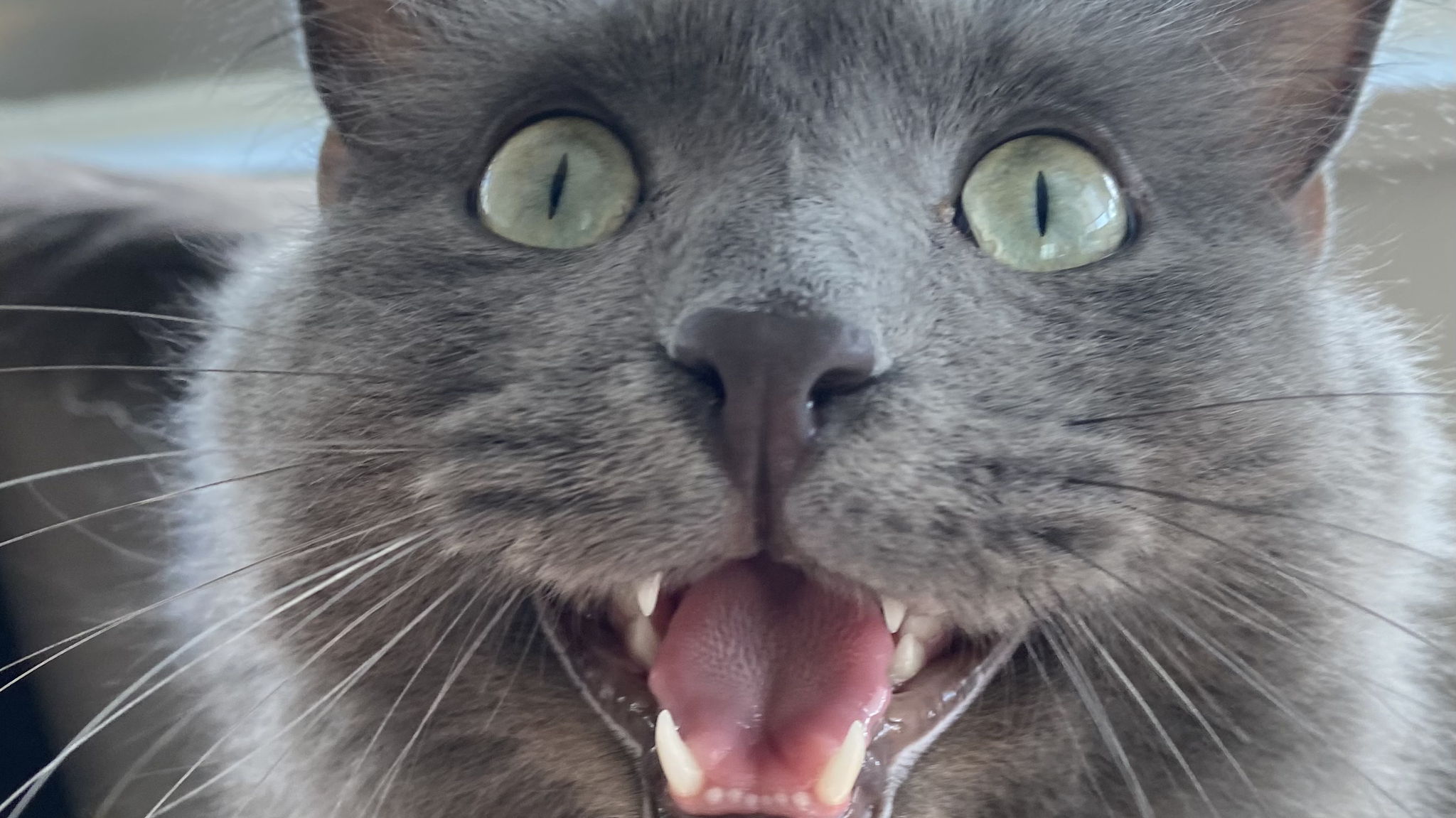Why Spay and Neuter
What do “spay” and “neuter” really mean?
Female dogs and cats are spayed by removing their reproductive organs, and male dogs and cats are neutered by removing their testicles. In both cases the operation is performed while the pet is under anesthesia. Depending on your pet’s age, size, and health, he or she will stay at your veterinarian’s office for a few hours or a few days. Depending upon the procedure, your pet may need stitches removed after a few days. Your veterinarian can fully explain spay and neuter procedures to you and discuss with you the best age at which to sterilize your pet.
SPAYING OR NEUTERING IS GOOD FOR YOUR PET
- Spaying and neutering helps dogs and cats live longer, healthier lives.
- Spaying and neutering can eliminate or reduce the incidence of a number of health problems that can be very difficult or expensive to treat.
- Spaying eliminates the possibility of uterine or ovarian cancer and greatly reduces the incidence of breast cancer, particularly when your pet is spayed before her first estrous cycle.
- Neutering eliminates testicular cancer and decreases the incidence of prostate disease.
SPAYING OR NEUTERING IS GOOD FOR YOU
- Spaying and neutering makes pets better, more affectionate companions.
- Neutering cats makes them less likely to spray and mark territory.
- Spaying a dog or cat eliminates her heat cycle. Estrus lasts an average of six to 12 days, often twice a year, in dogs and an average of six to seven days, three or more times a year, in cats.
- Females in heat can cry incessantly, show nervous behavior, and attract unwanted male animals.
- Unsterilized animals often exhibit more behavior and temperament problems than do those who have been spayed or neutered.
- Spaying and neutering can make pets less likely to bite.
- Neutering makes pets less likely to roam the neighborhood, run away, or get into fights.
SPAYING AND NEUTERING ARE GOOD FOR THE COMMUNITY
- Communities spend millions of dollars to control unwanted animals.
- Irresponsible breeding contributes to the problem of dog bites and attacks.
- Animal shelters are overburdened with surplus animals.
- Stray pets and homeless animals get into trash containers, defecate in public areas or on private lawns, and frighten or anger people who have no understanding of their misery or needs.
- Some stray animals also scare away or kill birds and wildlife.


